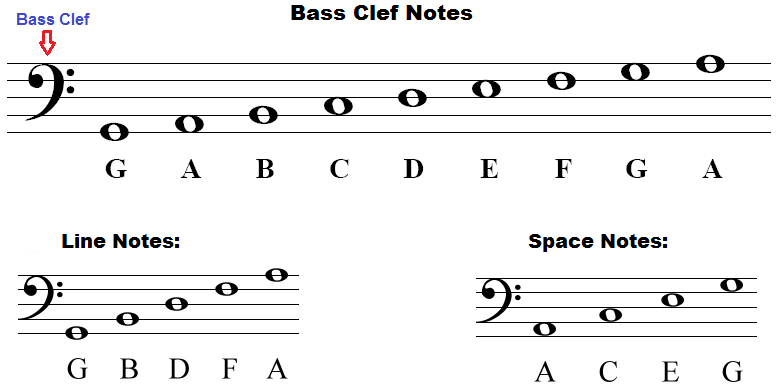Learn How to Read Music
Although music literacy is a crucial aspect in becoming an outstanding musician, knowing how to read music gives another outlet for expression and allows musicians to be able to enter various areas in music, giving them more opportunities to learn and expand their music skills.
Learning how to read music is essential in learning any type of musical instrument whether it be learning piano or learning flute. We, here at Klassik Arts, prioritize in teaching music literacy to our students before we have them start playing their musical instruments. It is difficult to play music properly without learning how to read it first. But learning how to read music is not easy. Some people even say that it is like learning a new language. Reading music requires good hand-in-hand coordination and fast associations with the notes and the instrument. But once you learn how to read music, you will be able to develop your music skills efficiently and accurately.
HOW TO START READING MUSIC
At Klassik Arts, we prioritize music literacy over performance. Knowing how to properly read music leads students to build a strong foundation in their music education. Focusing more on performance has limitations and gives students little room to grow their musical skills.
Here are a few tips we use to teach our students how to read music:
1. MUSICAL ALPHABET
If you want to learn how to read music, you need to know the basics first. The musical alphabet consists only of letters A, B, C, D, E, F, and G. These letters are used to label notes in a piece. Here at Klassik Arts, we recommend beginner musicians to choose piano as their first musical instrument since it covers all basics of music. By knowing how to play piano, it will be easier to branch out into other musical areas or instruments since the basics are already learned. Each key on a piano is associated with a letter in the musical alphabet. The musical alphabet usually starts with the letter C, which is commonly used as the first note on the grand staff. So we teach our students the musical alphabet as C, D, E, F, G, A, B, C.
2. TREBLE CLEF NOTES
First, look at the treble clef. The treble clef shows what your right hand will be playing for a piece. We teach our students that the space notes are FACE and the line notes are EGBDF. A commonly used saying to easily remember the line notes is “Every Good Boy Deserves Fudge.” Once you know one set of notes, it is easier to fill in the rest as long as you have the musical alphabet memorized. See below for an example of labeled notes on the treble clef.
3. BASS CLEF NOTES
Now, let’s look at the bass clef. The bass clef shows what your left hand will be playing for a piece. We teach our students that the space notes are ACEG and the line notes are GBDFA. A commonly used saying to easily remember ACEG is “All Cows Eat Grass.” Once you know these sets of notes, you can fill in the rest of the missing notes.
And there you have it! You know all the notes on both the treble clef and the bass clef. Now all we need to learn is the keys on the piano and which letters associates with them.
KEYS ON THE PIANO
When we teach our students which letter goes on which key on the piano, we always start with the letter C. First, we will find the two black keys. Then the first white key under the first black key is letter C. From there, we can see that the next key is D then E then F and so on.
And there you go! If you have all of this down and learned, you can now start to practice playing songs and pieces on the piano!
The best way to learn how to read music notes, however, is with piano lessons. Our piano instructors can walk you through these steps and ensure that you are building your skills on a solid foundation of music theory. With each lesson, your knowledge of the piano will grow and your music reading skills will develop. Lesson plans that are catered to your learning style and current skill level will help you stay motivated for the long term. Please feel free to CONTACT US if you are interested!
REFERENCES
How to Read Sheet Music in 5 Easy Steps by Liz T.
https://takelessons.com/blog/reading-piano-notes
Interested in Piano Lessons?
Try one lesson for FREE to see if your child is ready to begin learning piano! Our instructors have the perfect combination of skills and patience to guide children towards their musical success.




